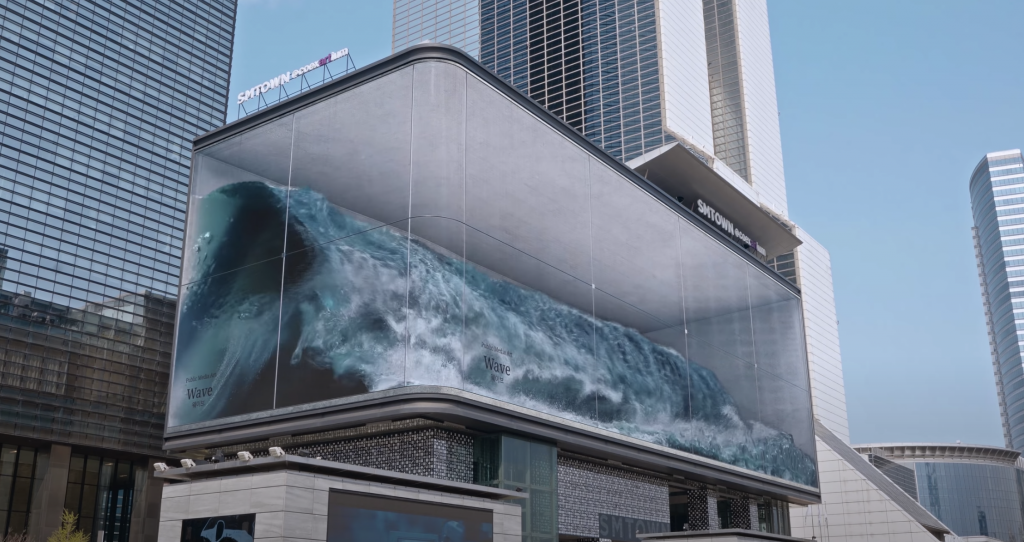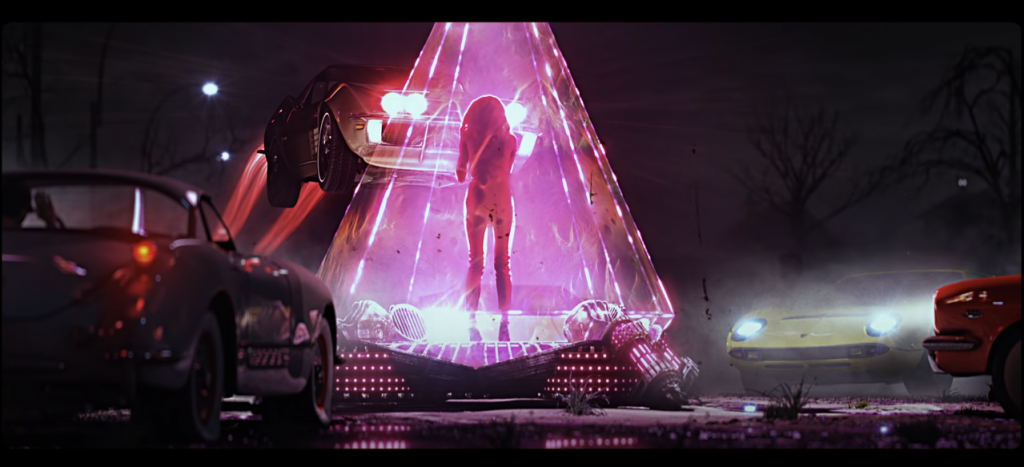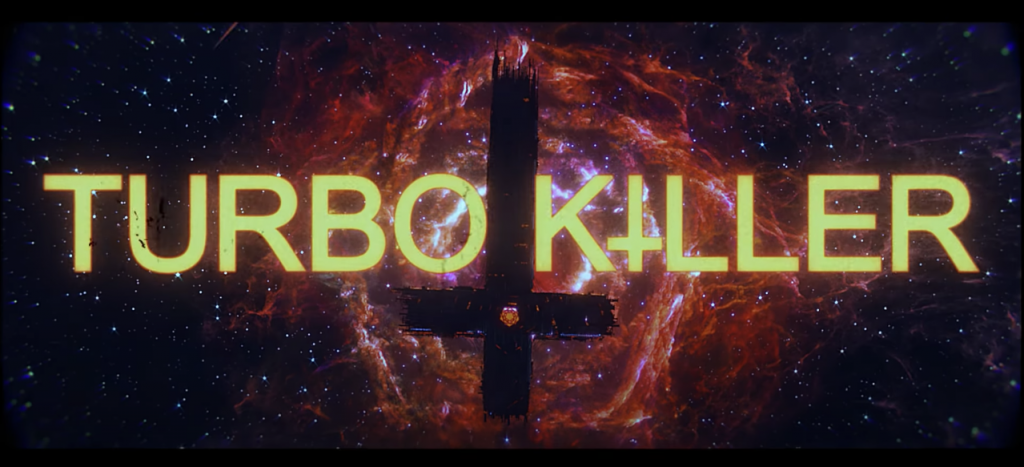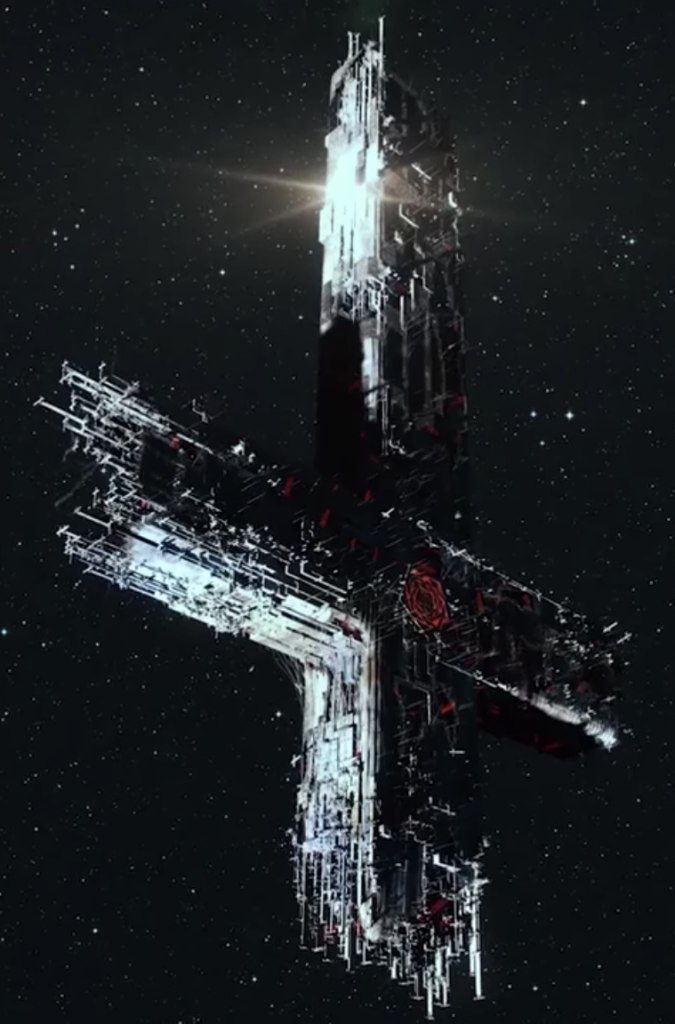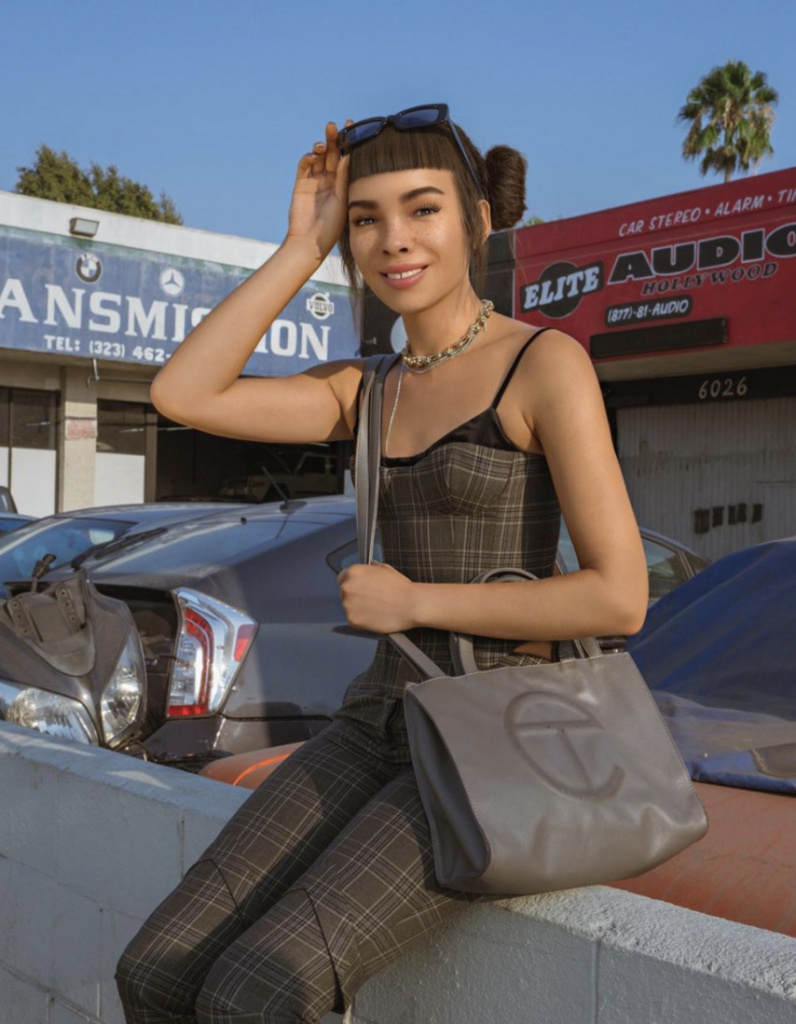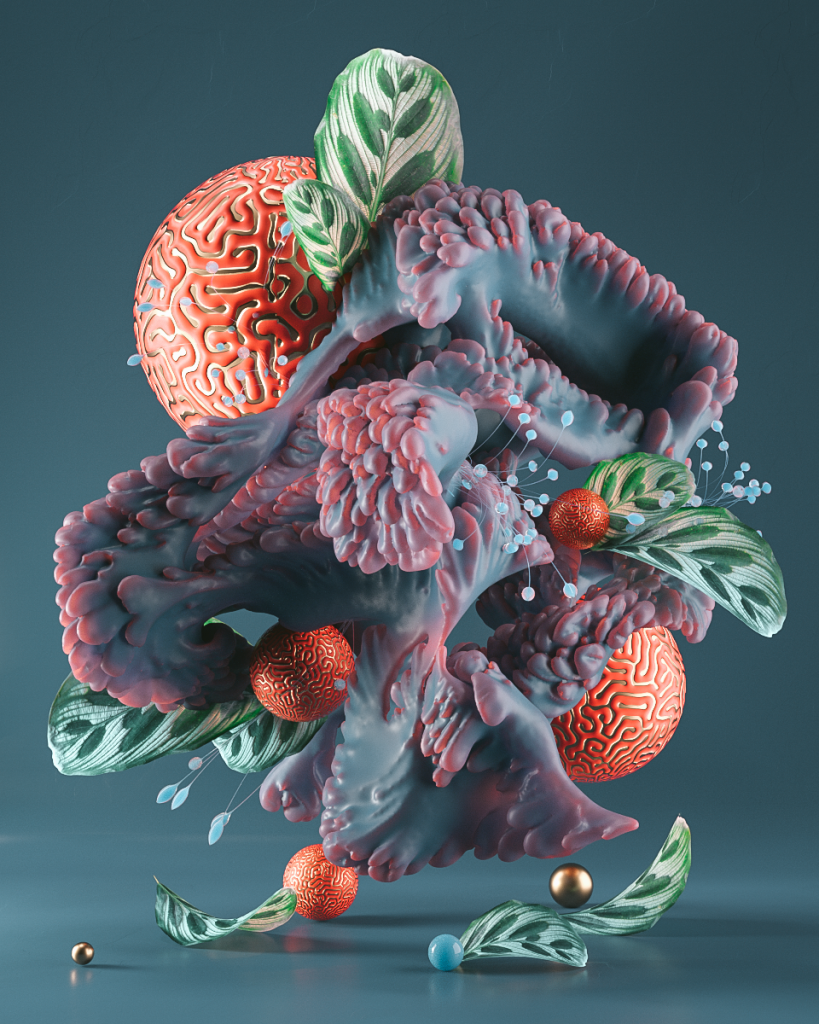
One 3D computer graphics artist I find interesting is Omar Aqil, who creates 3D abstract portraits inspired by Picasso’s work. My favorite work that he created is his “Figurative Portraits” collection, which is inspired by Picasso’s artwork. He uses different 3D textures and forms inspired by Salvador Dali’s work to emulate facial expressions. I find it really cool how he can make the shadows and forms look so realistic. For example, some objects in his pieces are shiny and can reflect other objects in the piece. The way Agil uses light in his work is really interesting because it reflects and absorbs in different textures and surfaces.

![[OLD FALL 2020] 15-104 • Introduction to Computing for Creative Practice](https://courses.ideate.cmu.edu/15-104/f2020/wp-content/uploads/2021/09/stop-banner.png)
